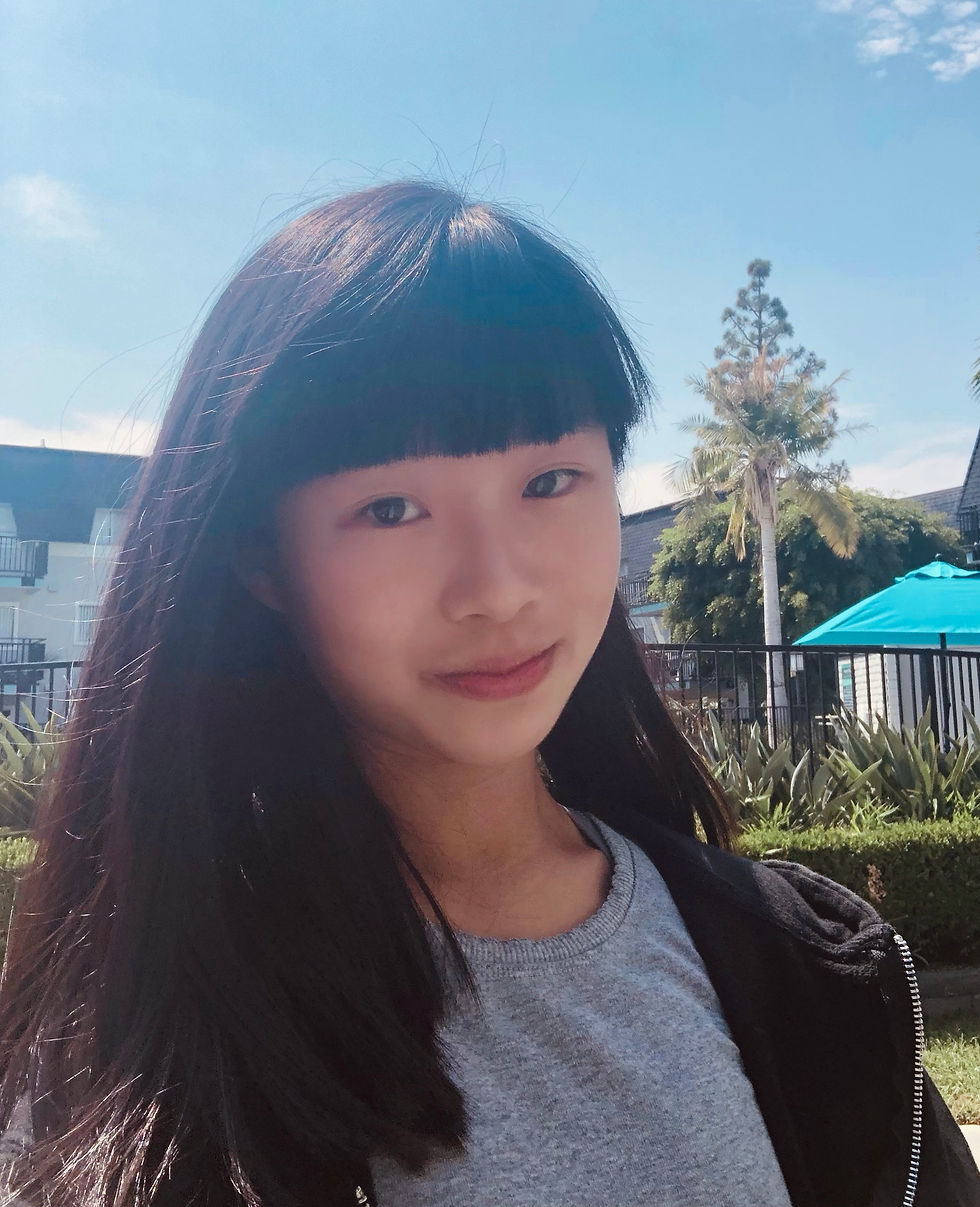Beyond the Acrostic: Exploring the Complexities of Poetic Forms
- Isabel
- Jul 4, 2024
- 4 min read
Updated: Nov 26, 2024

My first exposure to poetry was the classic acrostic poem. It is a simple form, where each letter of each new line spells out a word or message vertically. I started by writing out my name and finding one or two words that started with each letter to describe myself. I then branched out into writing acrostics for my classmates, objects, and any word I could think of—going from simple words to more sophisticated phrases. Thus began my journey with poetry.
While the acrostic is a great way to start due to its approachable nature, so many incredible poetic forms exist out there that are worth exploring. Whether it is strictly structured or leaning more towards free verse, here are some other forms of poetry to take note of.

TYPES OF POETIC FORMS BEYOND ACROSTIC POETRY
ABECEDARIAN
First, the abecedarian. As the name suggests, an abecedarian poem is one where each line begins with a letter of the alphabet, followed by its successive letter. The first line would begin with an ‘a,’ the second would begin with a ‘b,’ and so on until one reaches the end of the alphabet. While this may seem a lot like the acrostic, the abecedarian can be deceptively challenging, especially when one gets to letters like ‘x’ and ‘y’ because not only must one find a word that starts with those letters, but it also has to make sense relative to the rest of the poem.
A good abecedarian feels natural in its flow, rather than forced for the sake of using that specific word to follow the structure.
Many poems follow the abecedarian form, but one of the most famous is Psalm 118 (or 119 in the King James Version). There are twenty-two eight-line stanzas, each beginning with a letter of the Hebrew alphabet.
TANKA

Another poetic form is the tanka, a Japanese form of poetry that is similar to the haiku. In Japanese, the word tanka translates to “short song.” Like the haiku, it follows the 5/7/5 syllable format initially—however, the tanka expands on this, with its full structure being 5/7/5/7/7. In total, the tanka consists of thirty-one syllables, traditionally broken into five lines.
Often, there will be a change in perception midway, a sort of “shift” in the poem, which is done through the use of many literary devices.
Two great examples of the tanka include Tada Chimako’s A Spray of Water: Tanka and Masaoka Shiki’s Tanka 06; both authors are critically acclaimed and major figures in tanka poetry.
GHAZAL

Next is the ghazal. Originating in Arabic and Persian literature, the ghazal traditionally expresses themes of loss and romantic love but has evolved to explore a variety of topics. There are two major rules to a ghazal. First, it must contain five or more couplets. Second, it must have a rhyme or a repeated refrain, with the first couplet having that rhyme or refrain at the end of both lines, and all other couplets following it only having the rhyme or refrain at the end of the second line.
The ghazal is a great form to truly go in-depth with a certain theme due to its use of repetition.
Agha Shahid Ali’s “Tonight” is a beautiful example of this complexity.
FREE VERSE
Free verse has become an increasingly popular form of poetry, but its cousin, blank verse, is also worth trying. Like free verse, blank verse does not rhyme. However, it does have a set meter, which is almost always iambic pentameter. Iambic pentameter refers to an unstressed syllable followed by a stressed syllable, measured to be five metrical feet. Blank verse is commonly used in English plays, with the first known use being in Henry Howard’s translation of Aeneid, and literary historian Paul Fussell estimated that about three-quarters of all English poetry is written in this form.
Masterpieces of the blank verse form include John Milton’s epic poem, “Paradise Lost,” and William Shakespeare’s “To be or not to be” soliloquy from Hamlet.
SESTINA
Last but not least, the sestina. The sestina is widely regarded as one of the hardest, most complex poetic forms to tackle—a challenge worth taking up for those who dare. Consisting of thirty-nine lines, six stanzas, and an envoi (a short summation in used French poetic forms), the sestina revolves around the repetition of the six end words of the first stanza.
The difficulty of this repetition lies in choosing words that have multiple meanings to avoid becoming redundant—when done well, it weaves an intricate and beautiful poem where each use of the six repeated words takes on a different meaning that advances the message and theme of the piece.
Elizabeth Bishop was a master of the sestina, and her famous pieces “Sestina” and “A Miracle for Breakfast” are great to analyze for those who want to hone their skills further.
About the blogger

Isabel Gan is a high school student from Southern California. She is the founder and editor-in-chief of Paper Cranes Literary along with editing for several other literary magazines, and her work appears in The Greyhound Journal and Fleeting Daze Magazine. When not writing, she loves playing the piano, reading up on composers' biographies, and hot soup on rainy days.

Commentaires